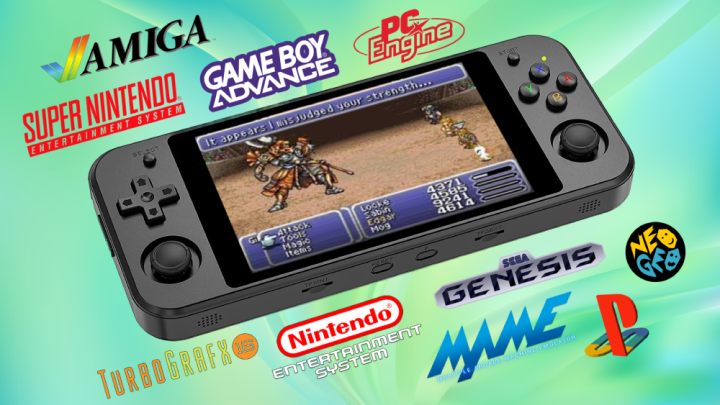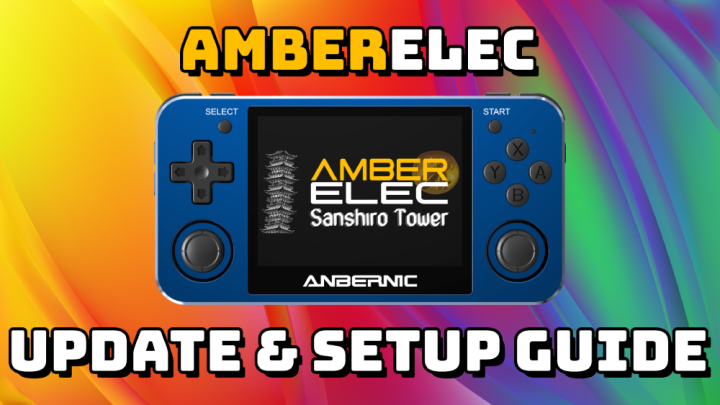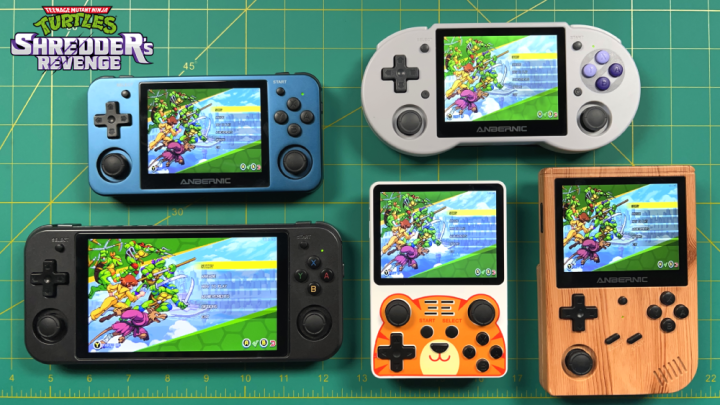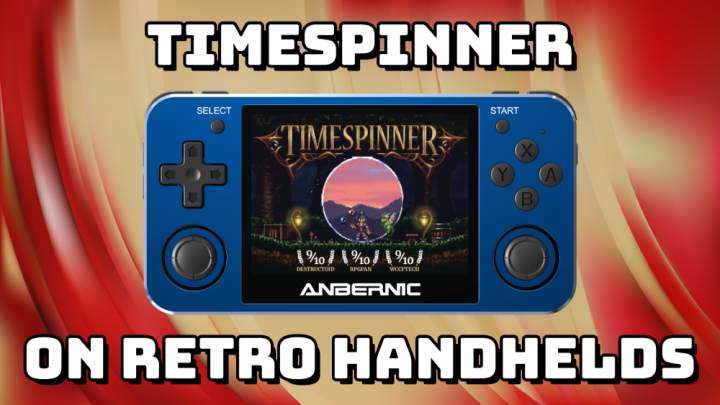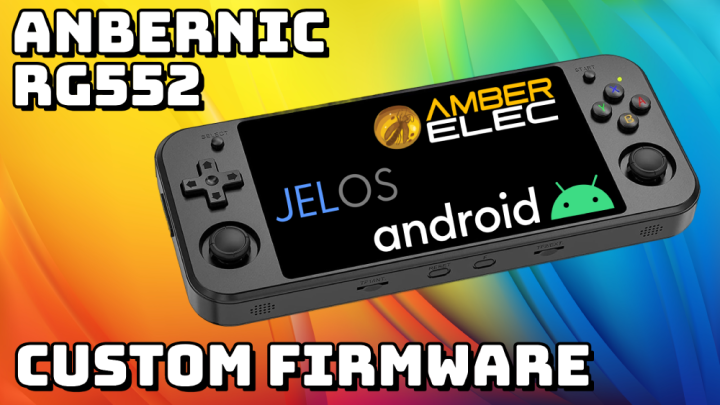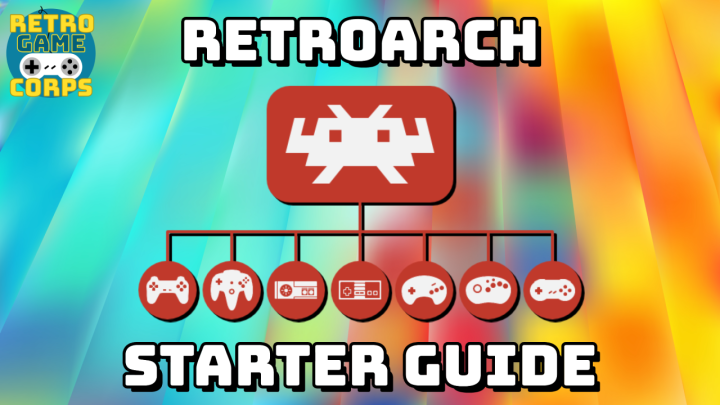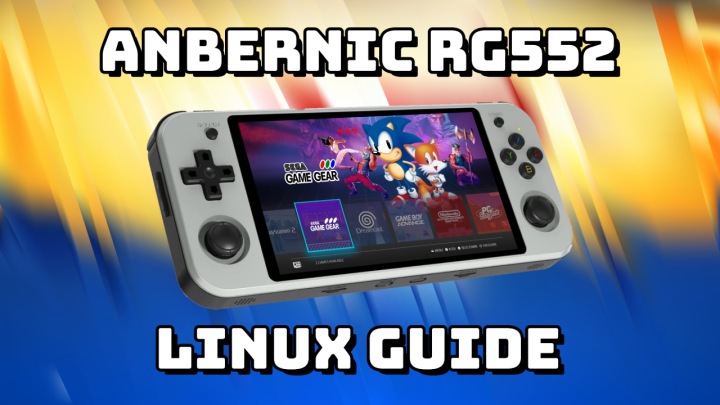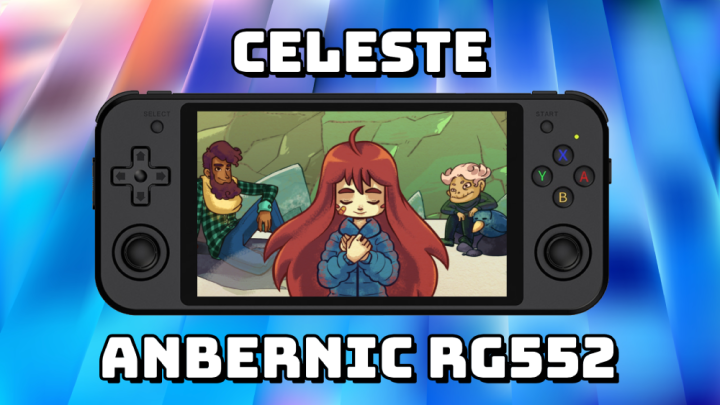
Last updated: 12JUL2024
UPDATE: PortMaster has recently created a one-stop shop for all things related to running ports on retro handhelds. I recommend checking out their website and my most recent PortMaster guide instead of the guide below; I’m leaving this page up for posterity’s sake only. To get started, head over to their Games tab, find the game you want to run, and check out their instructions on that page. If you run into any issues, their discord server is also a great place to start.
Finally! A port of Celeste is now available on retro handhelds, so you can natively play this little platforming gem.
The installation process is a little trickier than other (PortMaster) solutions, due to the fact that the game requires closed-source libs that cannot be redistributed. Thankfully, it’s pretty easy to add them yourself, which we’ll do in this guide. Note that you will also need to be running PortMaster on your device in order to install certain mono files which will allow sound to work properly.
Update (29MAY2022): This guide now works on RK3326 devices as well as the RG503, when running on a compatible firmware like ArkOS, JELOS, and AmberELEC! Below is a list of devices that should be able to run the game. Big thanks to developer JohnnyOnFlame for getting this port up and running; please consider buying him a coffee for his hard work.
Anbernic RG552 (AmberELEC, JELOS)
Anbernic RG503 (JELOS, ArkOS, TheRA) *when available
Anbernic RG351P (AmberELEC, JELOS, ArkOS wuMMLe fork)
Anbernic RG351M (AmberELEC, JELOS, ArkOS wuMMLe fork)
Anbernic RG351V (ArkOS, TheRA, AmberELEC, JELOS)
Anbernic RG351MP (ArkOS, TheRA, AmberELEC, JELOS)
PowKiddy RGB10 (ArkOS)
GameForce Chi (ArkOS)
RK2020 (ArkOS)
ODROID Go Advance (ArkOS)
ODROID Go Super (The RetroArena, RetroOZ)
PowKiddy RGB10 Max (The Retro Arena, RetroOZ)
For best results, make sure you are running the most recent version of ArkOS, AmberELEC, or JELOS, and the latest version of PortMaster. The Anbernic RG552 will provide the best gaming experience (see notes below).
Note that the “Final” version of ArkOS for the RG351P and RG351M will not support the game due to an outdated SDL2 library. However, wuMMLe’s fork of ArkOS may be updated in the future to support it. In the meantime, I recommend using JELOS or AmberELEC for those two devices instead, since they are in active development.
Continue reading “Guide: Celeste on Retro Handhelds” →
